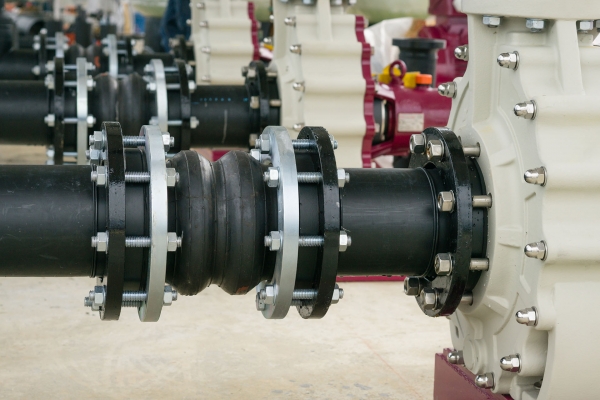Acoustic Induced Vibration
Acoustic Induced Vibration (AIV) is a phenomenon that can lead to vibration-induced fatigue failures in piping systems. Pipeline facility operators, designers, and engineers are faced with identifying and mitigating the risks of AIV to avoid fatigue failures in their facilities.
AIV – The concern
In emergency or upset conditions there is a requirement for rapid depressurisation of systems which results in large mass flow rates and large-pressure losses.
High pressure drops result in the generation of high frequency acoustic energy. The high-frequency acoustic waves (500–2,500 Hz) tend to extend outward radially in the fluid and thus vibrate piping around the full pipe circumference, where sufficient dynamic stresses are present this can lead to piping failure.


A change in the Engineering Codes:
ASME B31.1: Code for Pressure Piping, applies to pipe systems that transport chemicals, petroleum products, gas, steam, air, and water. Historically, BS31 focus on piping sizing was generally based on internal pressure and temperature requirements; with systems undergoing checks for static load stress. Dynamic loads were referred to but called for specialist advice.
ASME B31.1 (ed. 2018), which became applicable in March 2020, makes direct reference to the requirement to undertake high cycle fatigue assessments where cycles to failure exceed 100,000 and designing piping systems minimise risk of acoustically induced vibration.
AIV – WKC Approach
At WKC we help operators, FEED and EPC engineers identify and eliminate the risk to AIV during the design phase of the Project to minimise impacts to plant layout design and Project budgets.
We would recommend our clients conduct an AIV screening study in accordance with:
The EI Guidelines is a risk-based approach where the determination of the sound power level (PWL) and subsequent assessment of the piping geometry result in the calculation of the Likelihood of Failure (LOF) at each discontinuity downstream of a pressure reducing device.
In the event the risk from AIV is identified at a welded branch or support we make practical recommendations to manage the risk to acceptable levels.






